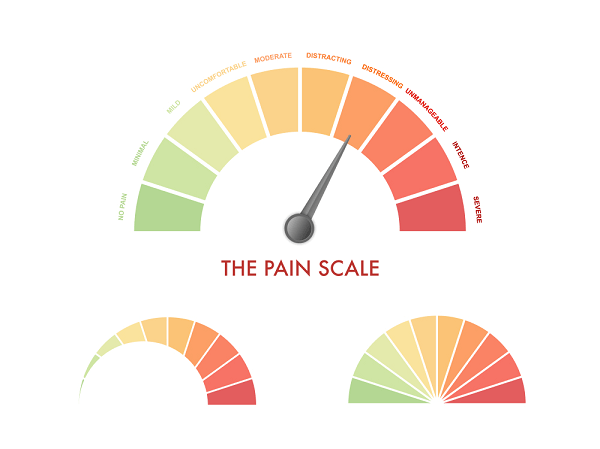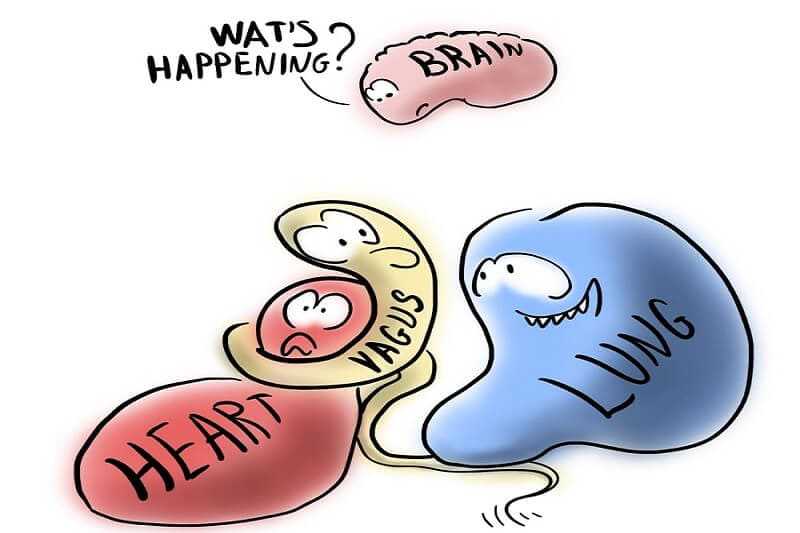Fibromyalgia FAQ

Is fibromyalgia a real disease?
Many have thought that Fibromyalgia was just in the heads of the patients, that it was psychosomatic. However, now through brain scans doctors have found definite malfunctioning brain sensory activity. Fibromyalgia, sometimes called Fibromyalgia Syndrome, Fibrositis, or Myofascial Pain Syndrome, is a chronic disorder characterized by extensive musculoskeletal pain, fatigue, and tenderness in areas of the neck, spine, shoulders, and hips. These are sometimes referred to as multiple tender points or pressure points. Fibromyalgia may cause sleep disorders, morning stiffness, irritable bowel syndrome, and nervousness.

Is fibromyalgia the same for everybody?
Although all fibromyalgics feel pain, they may feel it more intensely and in different parts of the body more than others. Most fibromyalgics feel fatigue, but some do not. And, actually, there are different forms of fibromyaligia. These forms are categorized according to the symptoms a person experiences. They are:
– Post trauma – In this case, there may have been a single incident such as a car accident where a past injury resurfaces. It is described as an effect of an intense tremor or wounding of spinal muscles. Patients first complain of headaches and afterwards complain of arm or leg stiffness, itchiness, or pain.
– Repetitive Trauma – The theory of this form of the disease is that a repeated injury can add up to the symptoms of fibromyalgia.
– Mood-Related – This type sometimes occurs when the patient is suffering from extreme anxiety or pain. As a result, fibromyalgics can develop mood disorders such as depression.
– Hormonal abnormalities (such as hyperthyroidism) – This commonly causes increased muscle tension, anxiety and sleep disorders, another symptom of fibromyalgia.

What are the specific symptoms of fibromyalgia?
Although the symptoms of fibromyalgia can seem unbearable, they are not life-threating. Symptoms may differ depending on stress level, physical action, time of day, and the weather.

First and foremost, pain is the main symptom and is found in almost 100 percent of fibromyalgics. The pain and tenderness usually comes in specific areas of the body when pressure is applied.
Fibromyalgia is a chronic condition and symptoms may be continuous or irregular for years. Some of the most common symptoms of fibromyalgia include:
– Problems with sleeping
– Irritable or lack of feeling
– Gastrointestinal problems such as abdominal pain, bloating and constipation
– Intense sensitivity to odors, noises, bright lights, different foods, and medication
– Unrelenting headaches
– Repeated urination, strong urge to urinate, and painful urination
– Irregular heart rate that may race causing breathlessness
– Dysmenorrhea and painful sexual contact
– A bulging sensation in the hands and feet, although swelling may not visible
How is fibromyalgia treated?
Fibromylagia is treated in different ways. The most important factor in relieving the pain of fibromyalgia is for the patient to recognize the need for lifestyle adaptation. It is very important for the patient to change, because it can bring recognizable improvement in function and quality of life.
Over-the-counter pain medications such as acetaminophen or ibuprofen can sometimes help manage the pain related to fibromyalgia. Some physicians also prescribe new non-narcotic pain relievers or low doses of antidepressants or benzodiazepines.
Click on “Popular Fibromyalgia Drugs” for more information
The victims of fibromyalgia are advised to improve their sleeping pattern by implementing a healthy sleep regimen. Psychological support is also an important factor for the treatment of fibromyalgia. The patient needs to develop a program that provides emotional support and increases communication with family and friends.
Click on “The Sleep Disorder in Chronic Pain” for more information
Complementary therapies are very beneficial for fibromyalgia. These include physical therapy, therapeutic massage, water therapy, acupressure and others.
Click on “Alternative Medicine For Fibromyalgia” for more information
Facebook
Google+
Twitter
Pinterest
Reddit
StumbleUpon





